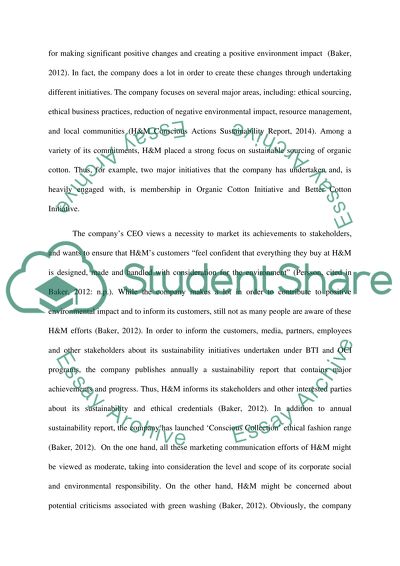Cite this document
(“The role of organizational corporate social responsibility in a Essay”, n.d.)
The role of organizational corporate social responsibility in a Essay. Retrieved from https://studentshare.org/marketing/1699917-the-role-of-organizational-corporate-social-responsibility-in-a-business-strategy-a-case-study-of-hms-participation-in-better-cotton-initiative-and-organic-cotton-initiative
The role of organizational corporate social responsibility in a Essay. Retrieved from https://studentshare.org/marketing/1699917-the-role-of-organizational-corporate-social-responsibility-in-a-business-strategy-a-case-study-of-hms-participation-in-better-cotton-initiative-and-organic-cotton-initiative
(The Role of Organizational Corporate Social Responsibility in a Essay)
The Role of Organizational Corporate Social Responsibility in a Essay. https://studentshare.org/marketing/1699917-the-role-of-organizational-corporate-social-responsibility-in-a-business-strategy-a-case-study-of-hms-participation-in-better-cotton-initiative-and-organic-cotton-initiative.
The Role of Organizational Corporate Social Responsibility in a Essay. https://studentshare.org/marketing/1699917-the-role-of-organizational-corporate-social-responsibility-in-a-business-strategy-a-case-study-of-hms-participation-in-better-cotton-initiative-and-organic-cotton-initiative.
“The Role of Organizational Corporate Social Responsibility in a Essay”, n.d. https://studentshare.org/marketing/1699917-the-role-of-organizational-corporate-social-responsibility-in-a-business-strategy-a-case-study-of-hms-participation-in-better-cotton-initiative-and-organic-cotton-initiative.


